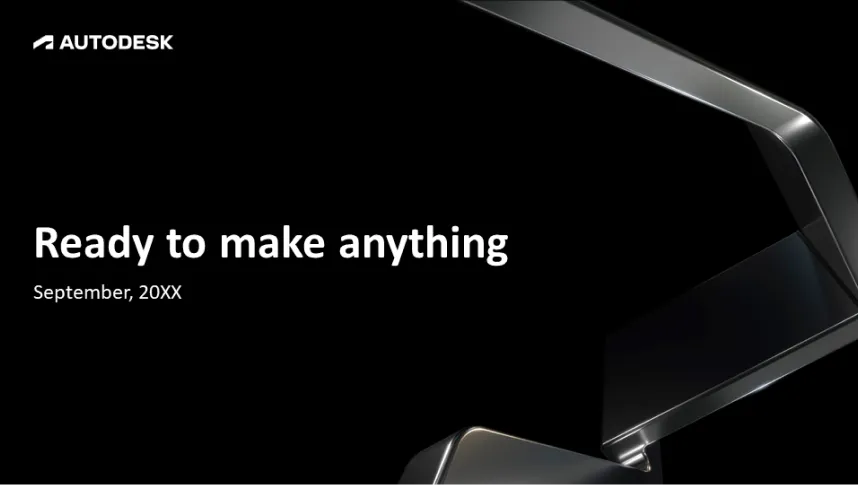Creating a pitch deck involves including critical elements that effectively convey your business idea, its potential, and why it’s worth investing in. Here’s a comprehensive guide on the key elements to include in a basic pitch deck template for a presentation:
1. Cover Slide
- Company Name and Logo: Clearly display your company name and logo.
- Tagline or Mission Statement: A brief, impactful statement summarizing your business.
- Confidentiality Disclaimer: Optional but recommended for investor presentations.
2. Problem Statement
- Identify the Problem: Clearly define the specific problem your business aims to solve.
- Market Pain: Use data or anecdotes to illustrate the severity and relevance of the problem.
3. Solution
- Your Product/Service: Describe your solution and how it addresses the identified problem.
- Unique Value Proposition: Highlight what makes your solution unique and superior.
4. Why Now?
- Market Timing: Explain why now is the ideal time for your solution.
- Trends and Changes: Highlight relevant market trends or technological advancements that support your business.
5. Market Opportunity
- Market Size: Provide data on the total addressable market (TAM), serviceable available market (SAM), and serviceable obtainable market (SOM).
- Target Market: Describe your primary target customers and their needs.
6. Product/Service
- Features and Benefits: Detail the key features and benefits of your product or service.
- Demo or Screenshots: Include visual elements like screenshots or a demo video to illustrate your product.
7. Business Model
- Revenue Streams: Explain how your company makes money.
- Pricing Strategy: Describe your pricing model and justify why it is competitive and sustainable.
8. Go-to-Market Strategy
- Marketing Plan: Outline how you plan to reach your target customers.
- Sales Strategy: Describe your sales channels and processes.
- Customer Acquisition: Explain your strategies for acquiring and retaining customers.
9. Traction
- Milestones: Highlight key achievements and milestones reached so far.
- Metrics: Provide relevant metrics such as user numbers, revenue, growth rates, and other KPIs.
- Customer Testimonials or Case Studies: Include testimonials or case studies from early adopters or pilot programs.
10. Competition
- Competitive Analysis: Identify your main competitors and compare their offerings to yours.
- Differentiation: Highlight your competitive advantages and unique selling points.
11. Team
- Founders and Key Team Members: Introduce your team, focusing on their relevant experience and expertise.
- Advisors: Mention any notable advisors or board members who add credibility to your business.
12. Financials
- Projections: Provide a high-level overview of your financial forecasts for the next 3-5 years.
- Revenue and Costs: Summarize your revenue model, major expenses, and profitability.
- Funding Needs: Specify how much funding you are seeking and how you will use it.
13. Vision
- Long-Term Vision: Articulate your long-term vision for the company and its potential impact.
- Expansion Plans: Describe future growth opportunities and potential market expansion.
14. Ask Slide
- Funding Amount: Clearly state the amount of funding you are seeking.
- Use of Funds: Provide a detailed breakdown of how the funds will be allocated.
- Milestones: Link the funding request to specific milestones or goals.
15. Closing Slide
- Summary: Recap the key points of your presentation.
- Call to Action: Clearly state what you are asking for, whether it’s investment, partnership, or other support.
- Contact Information: Provide your contact details for follow-up.
Design Tips for Your Pitch Deck
Clarity and Simplicity:
- Use clear, concise language and avoid jargon.
- Ensure each slide focuses on one main idea.
Visual Appeal:
- Use high-quality visuals, charts, and graphs to support your points.
- Maintain a consistent theme with your company’s branding.
Engaging Story:
- Craft a compelling narrative that connects with your audience emotionally and logically.
- Use real-life examples and success stories to illustrate your points.
Data-Driven:
- Back up your claims with data and evidence.
- Use credible sources and ensure your data is up-to-date.
Professionalism:
- Proofread for spelling, grammar, and formatting errors.
- Practice your presentation to ensure smooth delivery and timing.
By incorporating these key elements and following these design tips, you can create a pitch deck that effectively communicates your business’s value proposition and potential to investors and stakeholders.
View Our Pitch Deck Portfolio










